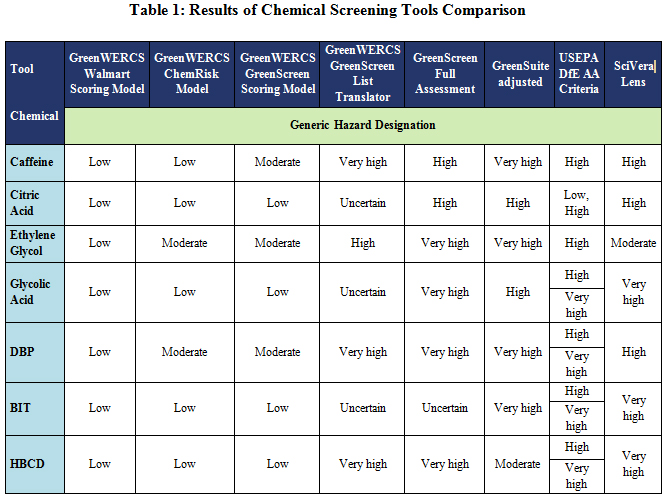Screening tools are just that – screens to pull up things that might be of interest so you can look at them harder. Odds are good that the screen will identify junk as good stuff – meaning that you need to toss in a second or third or more iterative review that takes into account more information. A great example just got published on chemical hazard screening tools: “A Comparative Evaluation of Five Hazard Screening Tools.” See how several commonly used tool stack up on some not unusual chemicals”:

Dibutyl phthalate (DBP), Benzisothiazolinone (BIT), 1,2,5,6,9,10-Hexabromocyclo-dodecane (HBCD)
CONTEXT, CONTEXT, CONTEXT. What are the exposures - the dose, frequency, route, etc.? How solid and pertinent is the data? You may get a number or a color out of a tool, but what does it really mean? What kinds of decisions should you make on the basis of these screening tools?
It's way too easy to generate blacklists with mindless algorithms.
- Tags:
- screening chemicals
- toxics
